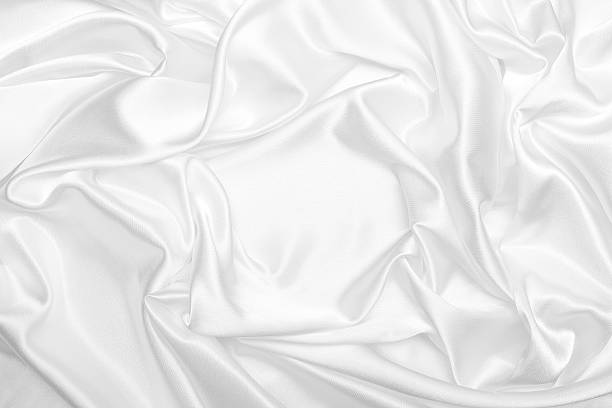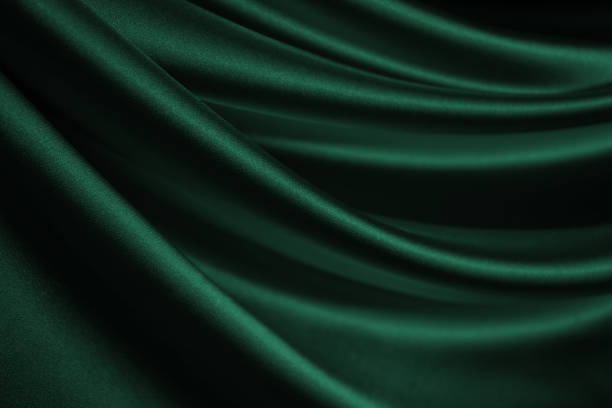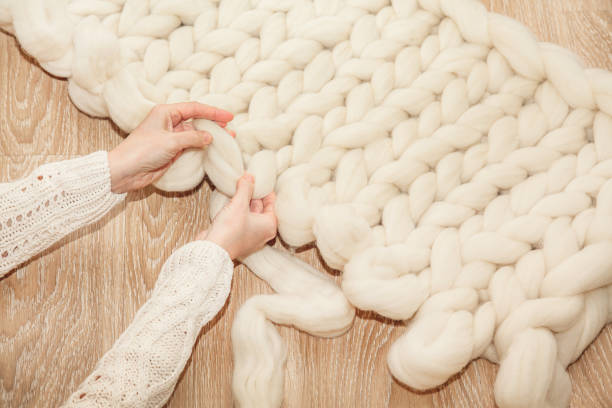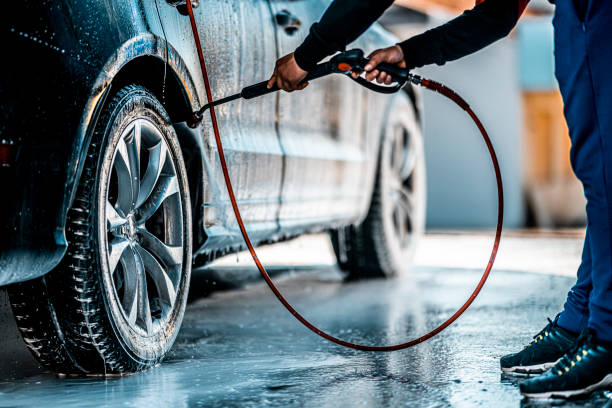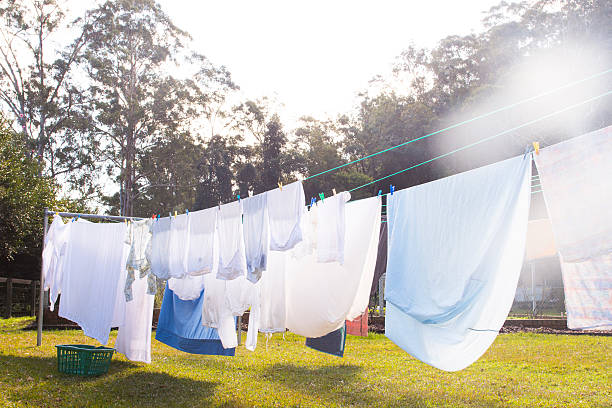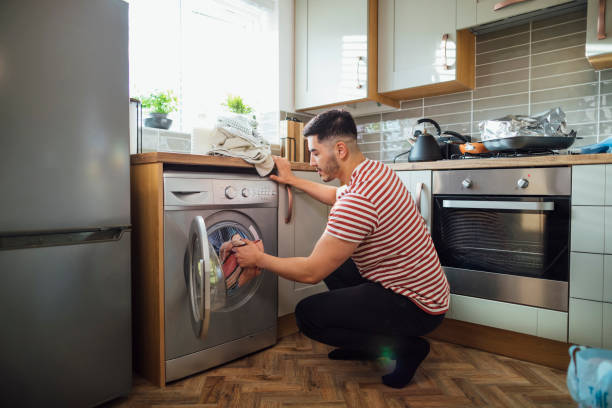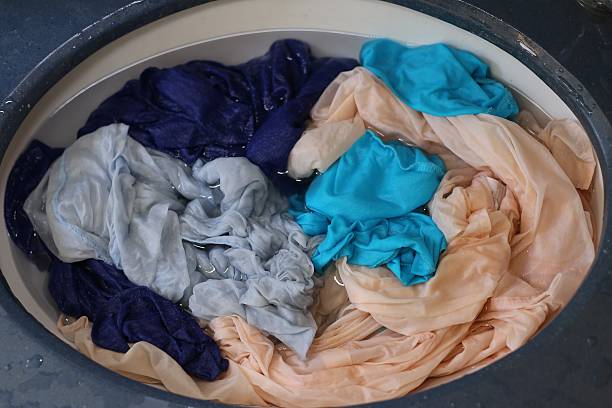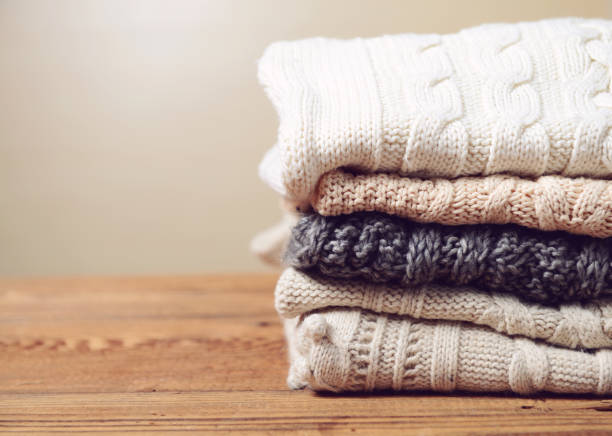When looking into the wardrobe, one often notices the high value of his wool sweaters, silk blouses, fine shirts, and delicate underwear. Washing our favorite things requires some care so that we can enjoy them for a long time. There are some special washing tips for woolens and delicates.
Machine wash for wool and delicates
When machine washing woolen items, please do not make the mistake of washing and rinsing at different temperatures. Always wash and rinse in the very gentle hand wash cycle, in the delicate cycle, or with the machine setting “easy-care” at 30 degrees. Use gentle liquid detergents for delicates and always treat similar colors together. Turn things inside out before washing.
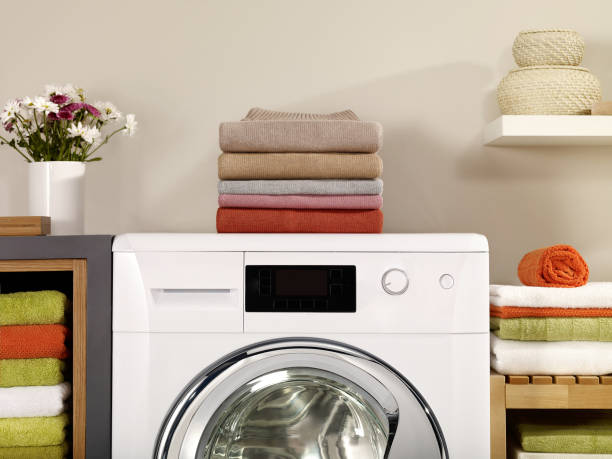
Please never put it in the tumble dryer or simply hang it on the line. The woolen items are carefully wrung out, wrapped in a towel that draws out more moisture from the wool, and then laid flat to dry. However, gentle hand washing is even better for the proper care of your wool sweater. In addition, pay attention to how to wash merino wool clothing properly.
Silk and fine fabrics
For washing silk and other fine fabrics, you also need good, liquid mild detergent. Then wash them gently in the cold wash cycle and dry them flat after rolling them up in a terry towel without wringing or tugging. Careful washing by hand is still safer and preferable in the case of valuable woolens and delicates. You work quickly and use a well-branded detergent for wool and delicates; very inexpensive alkaline soaps cannot be used under any circumstances.
These damage the delicate tissue and make it brittle and unsightly. You wash and rinse at the same low water temperature, preferably around 18 degrees, and add a dash of vinegar to the last rinse water to refresh the color and finish the fine fabric. Plenty of water should be used for rinsing. High-quality types of wool, such as angora, mohair, cashmere or alpaca, or fine textiles made of organza, tulle, silk, or chiffon should ideally be cleaned professionally by a specialist company.
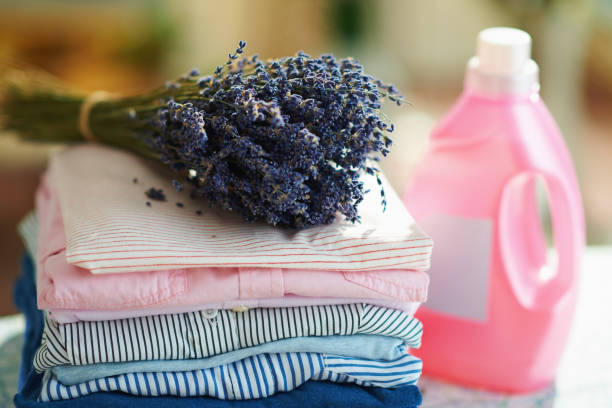
- A laundry bag is ideal for washing woolens and delicates; you can easily sew it yourself from old white blinds. Put the good stuff in, tie it with a ribbon and throw it in the washing machine. This way you wash even more gently. By the way, a pillowcase will do, too.
- If bulky cardigans or sweaters for the cold season have buttonholes, these should be carefully sewn up with a few large stitches. That way they can’t stretch and the placket keeps its shape better. Nevertheless, heavy sweaters easily get out of shape when washed, for example. If they are lying on the terry towels to dry, they can be pushed together to the right length and width. Gently pat in any wrinkles that appear.
- Rub particularly dirty shirts with hair shampoo and let it take effect for a while. The shampoo dissolves body fat. Then add to the rest of the laundry. If white shirts or blouses have yellowed collars, they can be rubbed with commercially available chalk before washing. After an exposure time, the items can be washed as normal.
- Wash black silk blouses in black tea. This way they keep their shine and color. Rinse with plenty of clear water. Incidentally, most textiles can be dyed beige to brown with black tea without any problems. Boil the tea according to the desired color. The darker you want the color to be, the longer you want it to soak.
- Wash tights or leggings quickly by hand in the sink. A few drops of glycerine in the last rinsing water restores their natural elasticity.
Have fun with the well-groomed things made of wool and fine things.

